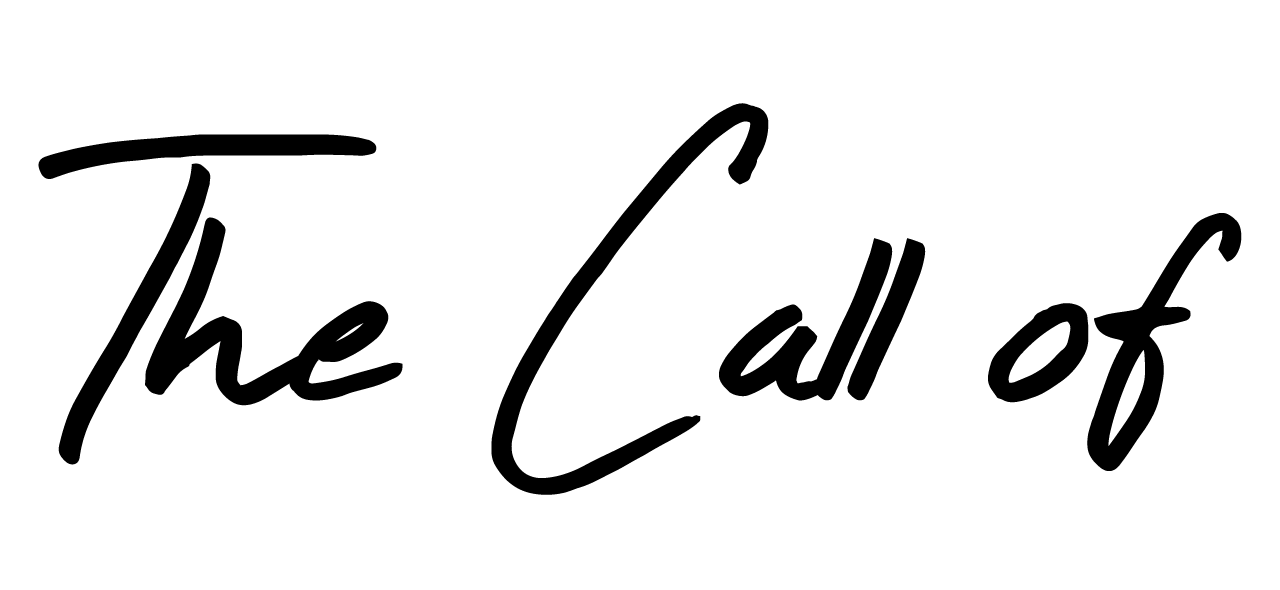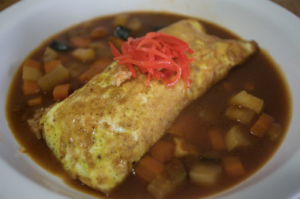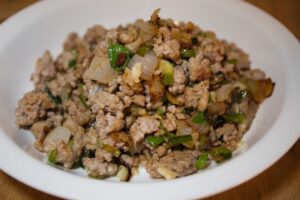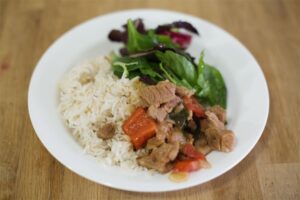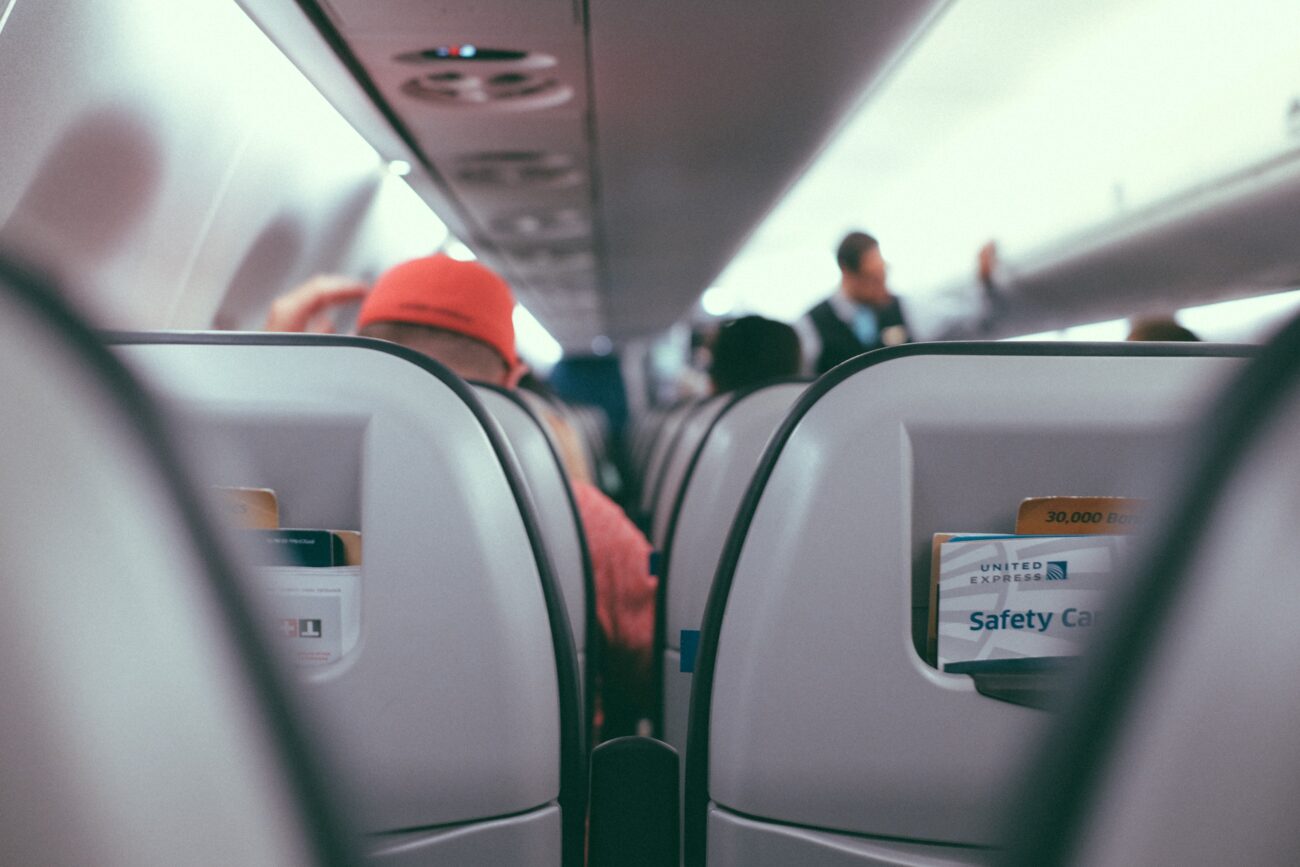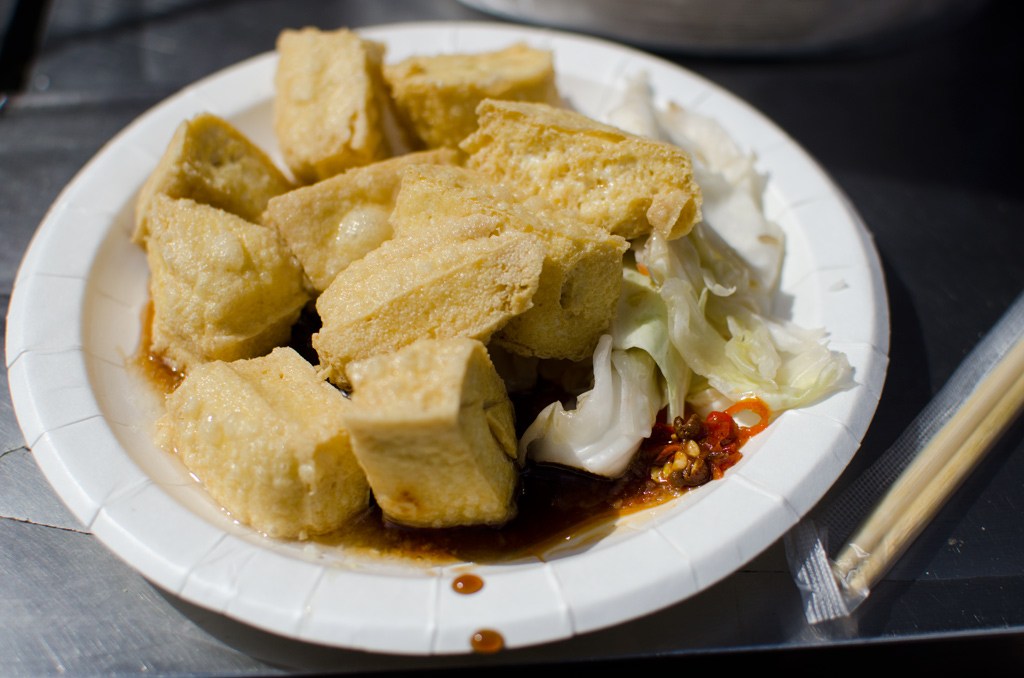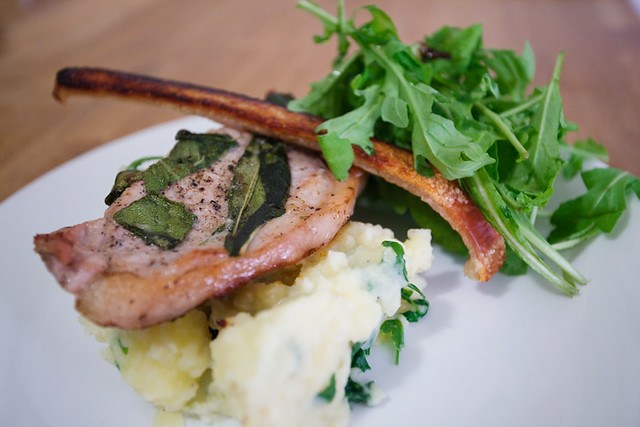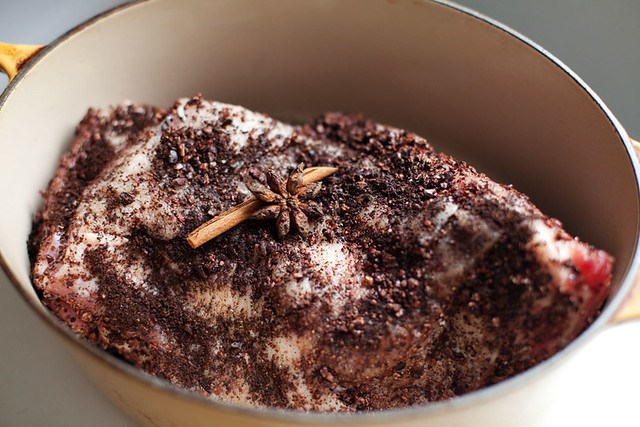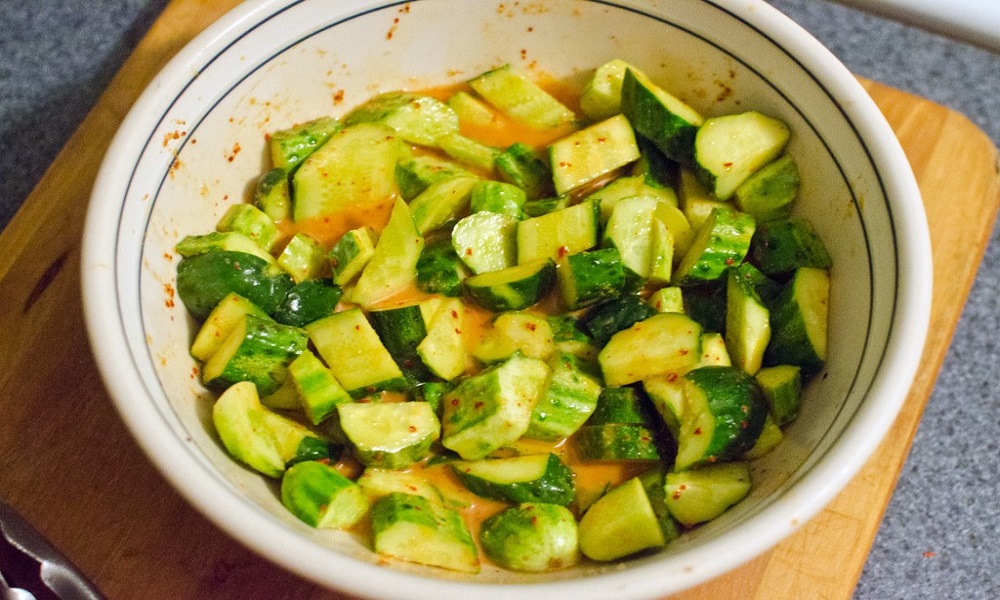Consumer Reports testing reveals concerning metal contamination in every sample tested, but experts say moderation is key.
Your Instagram-worthy bubble tea carries more than chewy tapioca pearls and sugar rushes. Consumer Reports’ 2024 testing found detectable lead contamination in every boba sample from major U.S. chains and packaged brands—sometimes exceeding 50% of their daily concern threshold in a single serving.
The findings span popular chains like Gong Cha and Kung Fu Tea, plus retail favorites including Trader Joe’s instant kits. While no samples hit official danger levels for single servings, the consistent presence of lead raises flags about regular consumption, especially for kids and pregnant people.
The Sweet Trap Gets Sweeter
Sugar content rivals dessert while adding environmental contaminants to the mix.
Lead contamination joins bubble tea’s existing health baggage. Each standard serving packs 8-plus teaspoons of sugar—nearly your entire daily recommended limit before lunch. Those glossy pearls, often soaked in extra syrup, spike calories and blood sugar like liquid candy.
The combination creates a perfect storm for health-conscious consumers who treat boba as a casual refreshment rather than the dessert it nutritionally resembles.
“These levels weren’t so high that we’d tell people to completely avoid bubble tea,” says James E. Rogers, Consumer Reports’ food safety director, “but the fact that three out of four boba samples had more than 50% of our level of concern is a good reason to treat it as an occasional treat, not an everyday staple.”
When Pearls Turn Problematic
Rare but serious complications emerge with excessive consumption patterns.
The health risks extend beyond sugar crashes:
- Heavy metal exposure: Cassava plants absorb lead from contaminated soil during growth, making contamination nearly inevitable
- Digestive blockages: Undigested pearls can cause constipation or intestinal obstruction, especially in children
- Blood sugar spikes: High glycemic content aggravates diabetes and metabolic conditions
- Empty calories: Pearls offer zero protein, fiber, or meaningful nutrients
Medical case reports document severe constipation requiring hospitalization after excessive boba consumption, particularly among young children who don’t properly chew the pearls. These incidents remain rare but highlight the importance of treating bubble tea as an occasional indulgence.
The industry has responded with measured changes. Trader Joe’s discontinued their instant boba kit, while manufacturers like WuFuYuan implemented stricter quality controls. Major chains remain largely silent about sourcing changes or safety protocols, leaving consumers to navigate the risks themselves.
Bubble tea won’t kill you, but treating it like the dessert it actually is makes sense. Save the Instagram moments for special occasions rather than daily fuel, and your body will thank you for the moderation.

